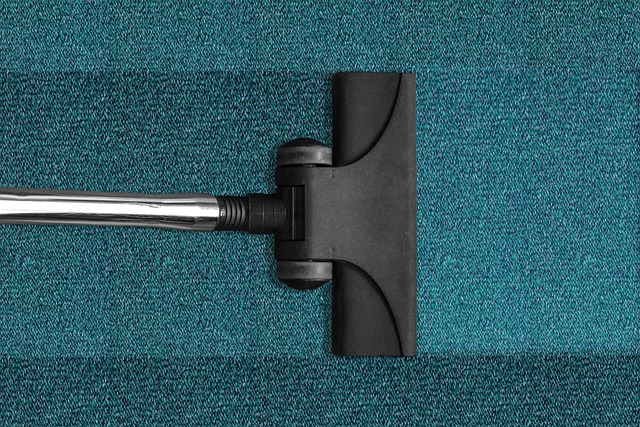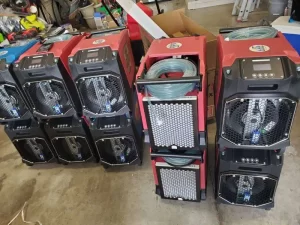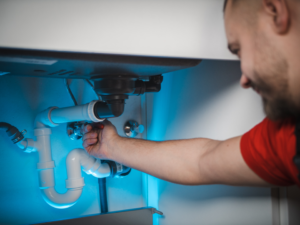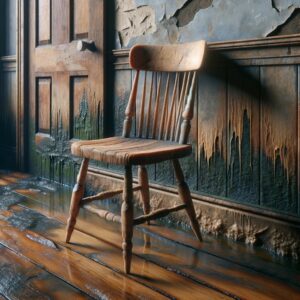Whether your carpet has been flooded at work or at home, the faster you dry it, the more likely you will be able to save your carpet, limit mold growth, and mitigate further damage to your home. So here’s a step-by-step guide on how to dry carpet after water damage.
Once you’ve identified water damage, act fast and seek professional water damage restoration services to quickly extract as much water as possible from your wet carpet. You also need a professional to identify and remediate mold growth and structural damage.
While you wait for our professional services, here are a few tips for how to dry carpet fast.
How To Dry Carpet After Water Damage: Step-by-Step
Wet carpet can take a long time to dry, especially if it’s completely saturated. Typically, it takes ten to fifteen hours to dry completely, and even longer, depending on the type of carpet, amount of water damage, and time of year. To help your carpet dry faster, follow our tips and tricks below.
Turn Off the Source of the Water
Turn the water off at the source, typically next to a malfunctioning appliance or in the basement near the main water lines. If the water damage is severe, you need to call a professional to turn off the electricity.
If the water comes from anywhere but a clean water source, or if it has been standing for a long time, you need to call professionals at TN Flood Kings for assistance. Flood water and water from malfunctioning appliances can contain dangerous contaminants that need to be handled by experts. This is particularly true when dealing with black water from a flood or a sewage backup.
Extract Excess Water and Aerate the Room
Start by extracting the water that has been soaked into the carpet. It’s critical to extract as much water as possible to reduce saturation in the building’s walls and floors and limit water damage to the rest of your property. Make sure that you remove any heavy object that is on top of the carpet so that you can access the padding underneath if necessary.
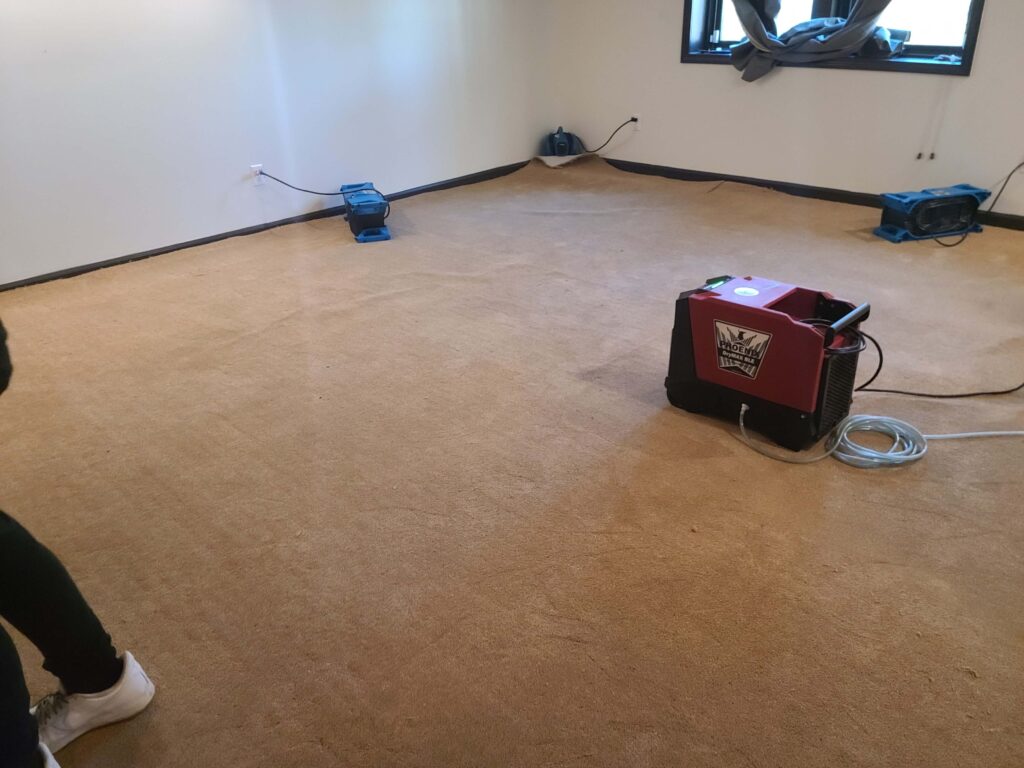
The equipment you’ll need for this process will depend on the amount of water on the carpet, but you’ll likely need the following tools:
- Wet and dry vacuum – A wet and dry vacuum has far more suction power than a regular vacuum cleaner and is designed to handle water suction. You’ll be able to remove water quickly while removing any excess dirt and debris from your carpet. You can get a wet vac from your local hardware store.
- Submersible pump – If there’s still lots of standing water over your carpet, rent a submersible pump to remove the water and begin the drying process as soon as possible.
- Fan – Running fans is a great way to get more air circulation in the room, evaporating water in the area. If possible, get your hands on an industrial-grade fan to blow air around the room. Configure standing fans around the wet parts of your carpet to speed up the drying process. Open two windows to create a draft. If you have ceiling fans, turn them on, too.
- Dehumidifier – Dehumidifiers help speed up the drying process by removing excess water and moisture from the air.
- Towels – Use towels to soak up as much water as possible to dry the carpet faster. Replace wet towels with dry towels as often as you can.
Other methods for drying your wet carpet are weather permitting. If it’s not humid outside, open windows and doors help dry wet carpet by circulating fresh air. If the air is humid, however, this can set back the drying process.
Alternatively, you can also try turning up the heat in your home.
Remember, you need to generate as much airflow as possible in the wet area to speed up drying time for your wet carpet. If you do so, you can see your living room’s carpet transform from a damp mess into a comfortable living environment.
Remember Your Carpet Padding and Subfloor
In the event of significant flooding, you may need to check underneath your carpet and inspect the padding and subfloor. Use fans, dehumidifiers, or hot air to dry both the carpet and subfloor as fast as possible.
While both the carpet and subfloor can likely be dried and cleaned, if your carpet padding is wet at all, replace it to avoid mold growth.
Steam Clean Your Carpet
As your carpet dries, it’s a good idea to deep clean the wet area.
Carpet cleaning equipment, detergent, and water are a must when cleaning your carpet after water damage. Steam has a sufficiently high temperature to kill any toxins while also removing them when the steam cleaner sucks up the dead mold spores, dirt, and debris.
Begin from a corner and work across the room in long strips. Allow plenty of time for drying, and use fans to make the process go more quickly.
Baking soda is the perfect agent for cleaning a wet carpet, especially if there is a foul odor present. Not only will the baking soda absorb more water, but it will also help eliminate much of the smell. Give ample time for this cleaning agent to soak into the fibers of the carpet before scrubbing it out.
Clean and Dry Your Furniture Before Placing Anything Back on Your Carpets
Check to see if any furniture or fittings in the space have been affected. While some objects can be removed, dried, and replaced, others, such as upholstered furniture, may require more specialized care.
Unfortunately, you may have to discard items such as moldy wet towels that have suffered significant water damage. The sooner you remove the furniture, the better for the furniture and the floors beneath.
Sanitize Other Room Surfaces
Clean the surfaces with soap and water. Then, deep-clean with a solution of one cup of bleach to one gallon of water to decontaminate the rest of the room, mitigating the spread of mold and mildew.
Brush the walls and baseboards to get rid of any remaining water and mildew in your room.
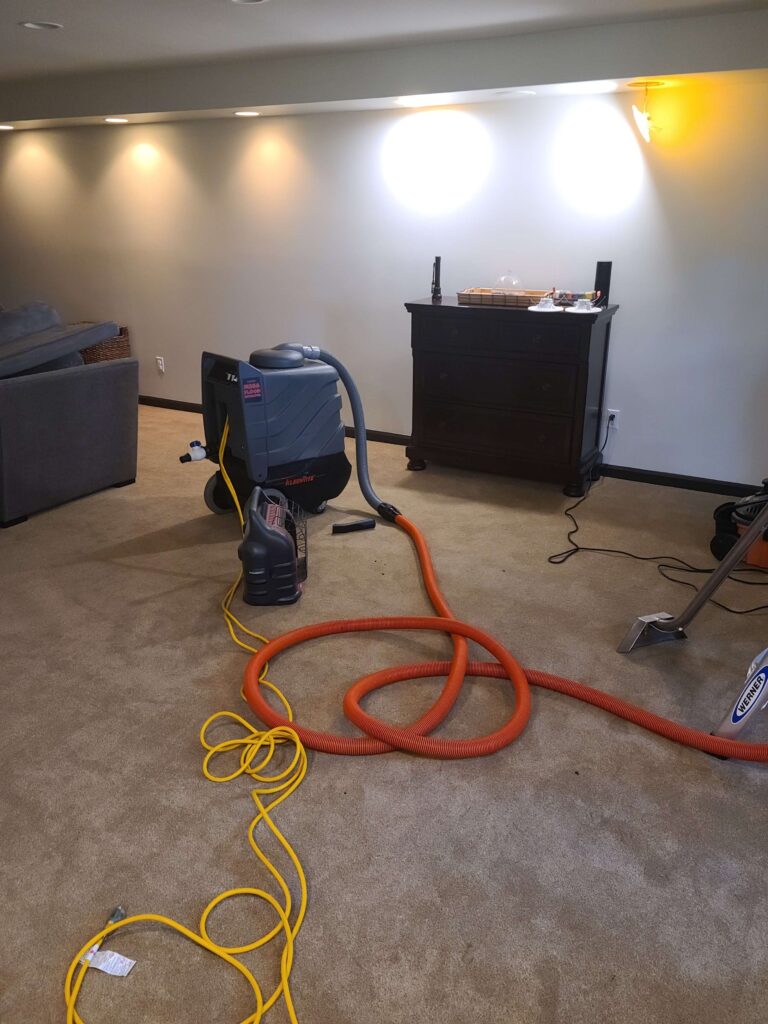
When to Call a Water Restoration Service
While a minor spill doesn’t call for professional assistance, any major water incident should get a second look by a professional like TN Flood Kings. Here are some circumstances where you should absolutely call in the experts:
Too much water: If you can’t get the carpet dry using fans and dehumidifiers, you should call us, as there’s likely water still trapped under the surface.
Black water intrusion: Water damage caused by flooding or sewer backup is hazardous and needs special restoration skills and tools.
Appliance malfunctions: Water from appliances is considered gray water. Gray water is also contaminated to a certain degree, so you’ll need expert cleaning services.
Standing water: Any standing water can mean that your walls and baseboards are also soaked, and they might need to be removed to protect the structural integrity of your home.
Bad smells after carpet cleaning: This indicates that the moisture might have encouraged fungal and bacterial growth, which needs to be handled by a qualified mold remediation crew.
TN Flood Kings is available 24/7 for a free assessment, so don’t hesitate to call. We’ll get there as soon as possible, and our IICRC-certified technicians will investigate to give you a fair quote. We’ll also identify if you may be able to make a homeowners insurance claim and help you with that process.
Is It Okay to Let Carpets Air Dry?
If the water damage is minor, you can use a hairdryer or air conditioning to quickly dry the damp spots. Keep the dryer a few inches away from the carpet and move it back and forth, letting the area you have just blow-dried cool before checking to see if it’s dry.
For more substantial water damage, you can air-dry the carpet after you have extracted as much moisture as possible with towels and a wet vacuum. Install fans and dehumidifiers to circulate air and aid in evaporation. It’s best to return every few hours to readjust the fans.
If the carpet is soaked, however, or the weather is humid and muggy, it will be a long time before air drying alone gets your carpet completely dry.
How Quickly Does Mold Set Into a Wet Carpet?
This tenacious fungus can begin to grow in as little as 24 hours, with colonies well-established by three days after the accident. This is why it’s essential that you call for professional services as soon as possible, as mold in the carpet padding underneath the carpet can be incredibly dangerous. This porous material becomes a perfect medium, which can continually release spores that endanger your respiratory health.
How Do You Dry a Wet Carpet in the Basement?
Taking care of a damp carpet in the basement can be a little more challenging, as you likely cannot open windows to encourage airflow. However, there are still some tricks you can try to get this carpet dry as well:
- Run a dehumidifier and fans, opening all the doors to get ventilation throughout the home. You may also want to run the air conditioning, especially if it is equipped with a HEPA filter that can trap any contaminants.
- Extract water using a wet vacuum hose to get as much water as possible out of the area. You may need to run across the same area multiple times.
- Press down on the carpet with towels to sop up any remaining water.
- Let the fans continue to run and repeat the steps as many times as necessary until it no longer feels damp.
- Utilize baking soda and deodorizer to capture any unpleasant smells, then vacuum again when everything is dry out. Be sure the vacuum hose is dry, or you will have a clunky mess!
Call Flood Kings and We’ll Get Your Carpets Dry Quickly
For best results, call TN Flood Kings as soon as possible after discovering a wet carpet. We can fully investigate for any major hazards, extract all water, and ensure your home is safe and secure. Call us 24/7 for a free estimate: we’re always ready to help!


